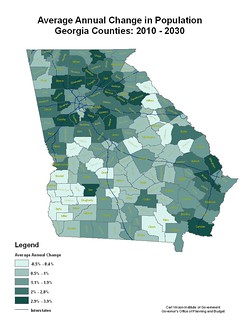 A
new poll
says 94% want new energy balanced with clean air and water, 86% want to shift from coal and nuclear to wind and water power, and 79% are concerned about shale gas fracking affecting water quality.
A
new poll
says 94% want new energy balanced with clean air and water, 86% want to shift from coal and nuclear to wind and water power, and 79% are concerned about shale gas fracking affecting water quality.
A few excerpts from the PR Water is High Priority for Bipartisan Majority of Americans, 10 January 2013,
- 92 percent of Americans think “U.S. energy planning and decision making” should be based on “a comprehensive understanding of what our national water resources are” — a national water roadmap that Congress asked for, but which was never produced. The national water roadmap attracts the support of 92 percent of Republicans, 89 percent of Independents, and 94 percent of Democrats.
- 86 percent of Americans want leadership on shifting from coal and nuclear energy to wind and solar. Support for this approach exists across party lines, including 72 percent of Republicans, 83 percent of Independents, and 97 percent of Democrats.
- 86 percent of Americans “support more studies of the health and environmental consequences of the chemicals” used in fracking. Supporters of this approach include 81 percent of Republicans, 84 percent of Independents, and 89 percent of Democrats.
- Three quarters of Americans have heard of fracking, with 51 percent saying they are very or somewhat familiar with it. 79 percent of Americans are concerned about fracking “as it relates to water quality.”
What is to be done?
Continue reading











